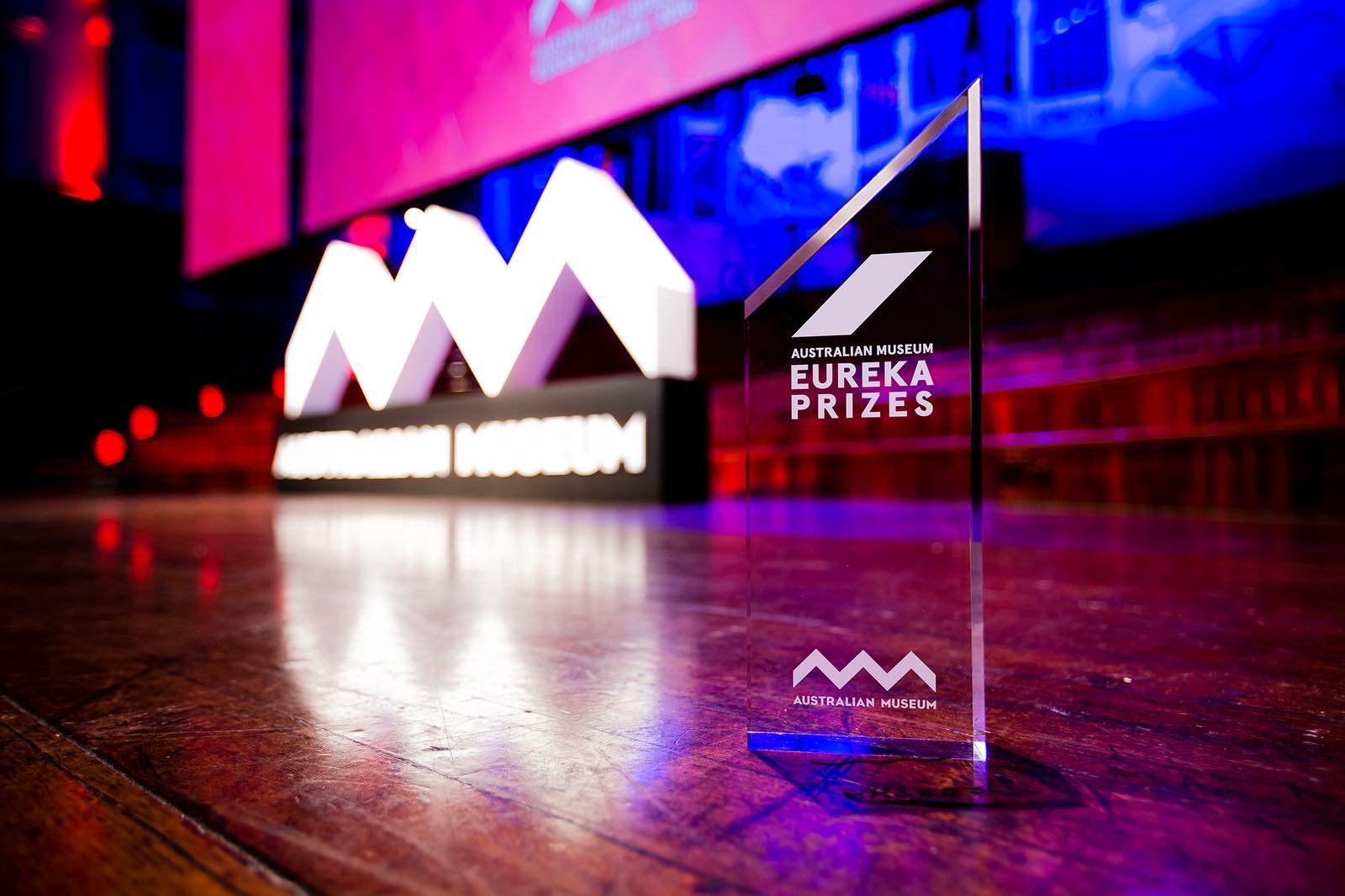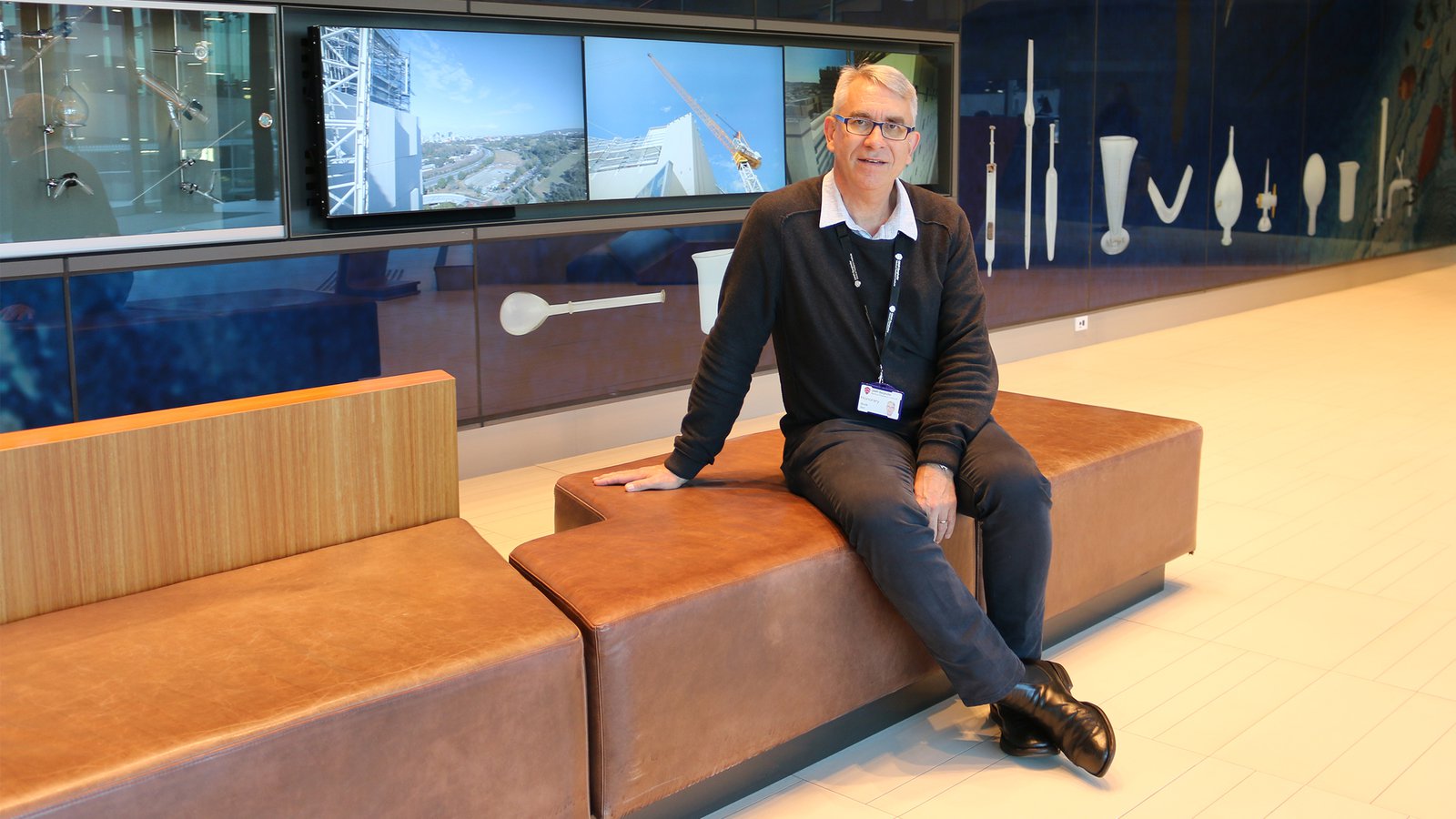2017 Australian Museum Eureka Prizes finalists
45 entries were shortlisted for 15 Australian Museum Eureka Prizes in 2017.
On this page...
The Australian Museum (AM) has announced the 45 finalists selected for Australia’s leading science awards, the 2017 Australian Museum Eureka Prizes.
Finalists from almost every state and territory across Australia are in the running for 15 AM Eureka Prizes across four categories: Research and Innovation, Leadership, Science Engagement and School Science.
The AM Eureka Prizes are the nation’s premier science awards, celebrating achievement across a broad spectrum of science, from environmental to innovative technologies, citizen science, leadership and mentoring.
Learn about the 2017 AM Eureka Prizes finalists.
Research & Innovation
NSW Office of Environment and Heritage Eureka Prize for Environmental Research
University of Technology Sydney Eureka Prize for Excellence in Data Science
UNSW Eureka Prize for Excellence in Interdisciplinary Scientific Research
Australian Infectious Diseases Research Centre Eureka Prize for Infectious Diseases Research
Johnson & Johnson Eureka Prize for Innovation in Medical Research
ANSTO Eureka Prize for Innovative Use of Technology
Macquarie University Eureka Prize for Outstanding Early Career Researcher
Defence Science and Technology Eureka Prize for Outstanding Science in Safeguarding Australia
UNSW Eureka Prize for Scientific Research
Leadership
3M Eureka Prize for Emerging Leader in Science
CSIRO Eureka Prize for Leadership in Innovation and Science
University of Technology Sydney Eureka Prize for Outstanding Mentor of Young Researchers
Science Engagement
Department of Industry, Innovation and Science Eureka Prize for Innovation in Citizen Science
Department of Industry, Innovation and Science Eureka Prize for Science Journalism
School Science
University of Sydney Sleek Geeks Science Eureka Prize - Primary
University of Sydney Sleek Geeks Science Eureka Prize - Secondary
University of Sydney Sleek Geeks Science - Highly Commended
Sleek Geeks Science Highly Commended - Primary School
- Cuts Like a Saw Alyssa B. and Chloe W., Presbyterian Ladies' College Sydney, NSW
- TTX: Poison, Venom, Cure Jasper C. and Griffin C., St Peter's Lutheran College, QLD
- How to Score the Best Rugby Rocket Goal? Ava D., Scarborough Public School, NSW
- Can Solar Save Us? Sienna H. and Seanna S., Presbyterian Ladies' College Sydney, NSW
- What's the Matter with Dark Matter? Hugo P., Maribyrnong Primary, ACT
- How can we make Pineapple Jelly? Toby T., Virginia Primary School, SA
Sleek Geeks Science Highly Commended - Secondary School
- Drive to Survive Harry B. and Tom D., Warrandyte High, VIC
- How a Cell Works Magnus B. and Ella D., St Leonard's College, VIC
- Eating Water Hunter C., Canterbury College, QLD
- The Fairweather Electric Field Andrew D., Homeschooled, WA
- Dye-ing for Love; or, How Chameleons Change Their Colours Taliesin G. and Aneirin G., St Leonard's College, VIC
- Science Myths Debunked: Why Are Veins Blue? Ella H., Kahlia R. and Amelia W., Asquith Girls High School, NSW
- The Canary that Croaks Hayden I. and Logan I., South Sydney High School, NSW
- Cloning a Mammoth Luke P., Canberra High School, ACT















































